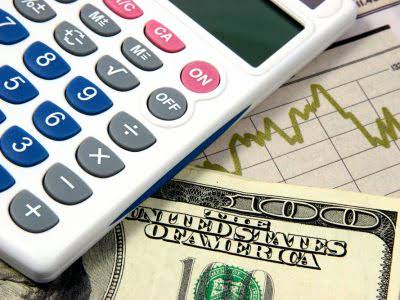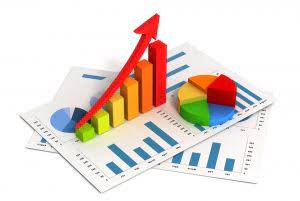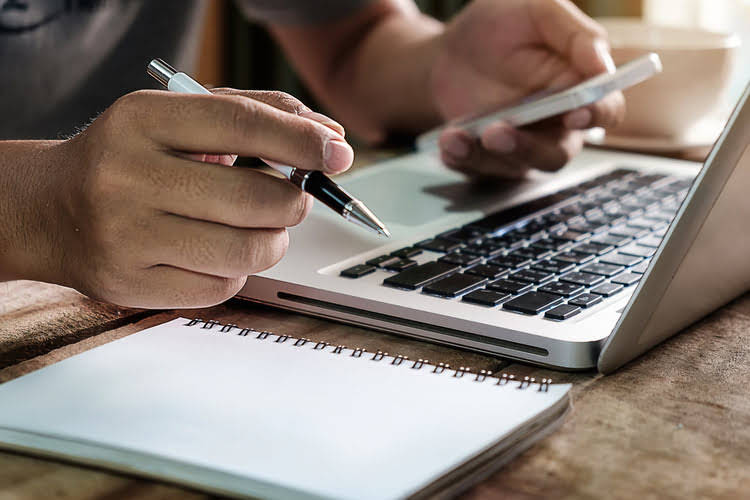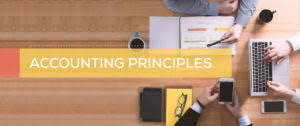
It’s one of the most important tools you’ll need to show how your business is doing. Accounting software like QuickBooks Online (QBO) or Xero can automate much of this process. If you use Mercury, our financial export tools can help streamline data collection. Essentially, it reflects the net worth of the company from the shareholders’ perspective, often used to assess the financial health and investment potential of the business. Current and non-current assets should both be subtotaled, and then totaled together. It’s your trusted assistant, always working hard behind the scenes.

Should I fund my business with equity or debt?
It’s an important financial statement that lenders and investors will likely ask to see. Here’s how to create one and how to avoid common balance sheet mistakes. We previously covered the basics of reading and analyzing a balance sheet. As a refresher, a balance sheet is a financial report that outlines a company’s assets, liabilities, and shareholders’ equity. Management may look at the balance sheet to manage working capital or leverage. Investors may use it to analyze the asset portfolio and capital structure.
✅ Track financial progress
- One of the most frequent errors in balance sheet preparation is incorrectly categorizing financial items.
- After cataloging your total assets, it’s time to account for what your business owes.
- Shareholders’ equity belongs to the shareholders, whether they’re private or public owners.
- If you need more information like this, be sure to check out our resource hub!
- All programs require the completion of a brief online enrollment form before payment.
- Assets are listed in balance sheet accounts as individual line items and then as total assets.
Vertical balance sheets list financial information from top to bottom. Their format looks like a financial report and includes more in-depth data than a basic sheet. They often incorporate individual line items for assets and liabilities. All assets that are not Grocery Store Accounting listed as current assets are grouped as non-current assets. A common characteristic of such assets is that they continue providing benefit for a long period of time – usually more than one year. Examples of such assets include long-term investments, equipment, plant and machinery, land and buildings, and intangible assets.

Step Total up your business’ assets

This is due to the automated expense management and real-time spend tracking platform built into the card. With Ramp on your team, you can create a balance sheet and close your books faster. If your totals don’t match, check for errors in data entry or missing accounts. You can also create your balance sheet in ClickUp Docs, using customizable tables to organize your financial data professionally.
- Finally, balance your sheet out by adding total liabilities to shareholders’ equity and comparing the total with total assets.
- Investors, managers, lenders, and other stakeholders use the balance sheet to assess a company’s financial position.
- Investors and lenders view a well-maintained balance sheet as a sign of financial discipline and transparency.
- The mostly adopted approach is to divide assets into current assets and non-current assets.
- How you choose to present a balance sheet is a personal preference.
- Learn how to read a cash flow statement and glean actionable insights from the key financial document.
The company’s assets, which are broadly classified as current and noncurrent assets, serve as a representation of its significant resources. Understanding your business’s worth involves a meticulous assessment of assets. Current assets, like cash and accounts receivable, can be swiftly converted into cash, while non-current assets, such as machinery and patents, represent more enduring investments.
- With a solid grasp of balance sheets, you’ll be better equipped to manage your company’s growth and financial health.
- Balance sheets list assets on a line-by-line basis as well as a totalled figure.
- As such, you’ll have to choose your date, and the reporting period you want to use.
- This includes all the business’s value items, such as cash, accounts receivable, inventory, property, and equipment.
- Once these are gathered, you’ll subtotal them in the above categories.
- However, financial modeling software makes the process faster, smarter, and more accurate.
h Step: Calculate Total Equity

Having Volopay on your side helps you create impeccable financial statements and close books faster. Get unearned revenue onboard to experience expense management at its easiest and most efficient. After listing assets next in line is a list of liabilities on a balance sheet.
- This step is crucial in ensuring the accuracy of your balance sheet and providing an up-to-date snapshot of your business’s financial health.
- Many businesses are required to maintain accurate financial reports.
- Whether you’re building one for internal financial management or external reporting, getting the details right is critical.
- It tells us what we have in our hands or what we owes at the end of an accounting period.
Step 4: Calculate Shareholder Equity

This lets any person reviewing the report identify where your assets are coming from, and what they are. It reflects the amount of money that would be left over if a company were to sell all of its assets and pay its debts. This figure represents a balance that belongs to a company’s what is the last and most important step of creating a balance sheet? shareholders. Those shareholders may be the business owners, or the actual shareholders if a company is publicly traded. By setting up a Countingup business current account, you can manage all your financial data in one place.